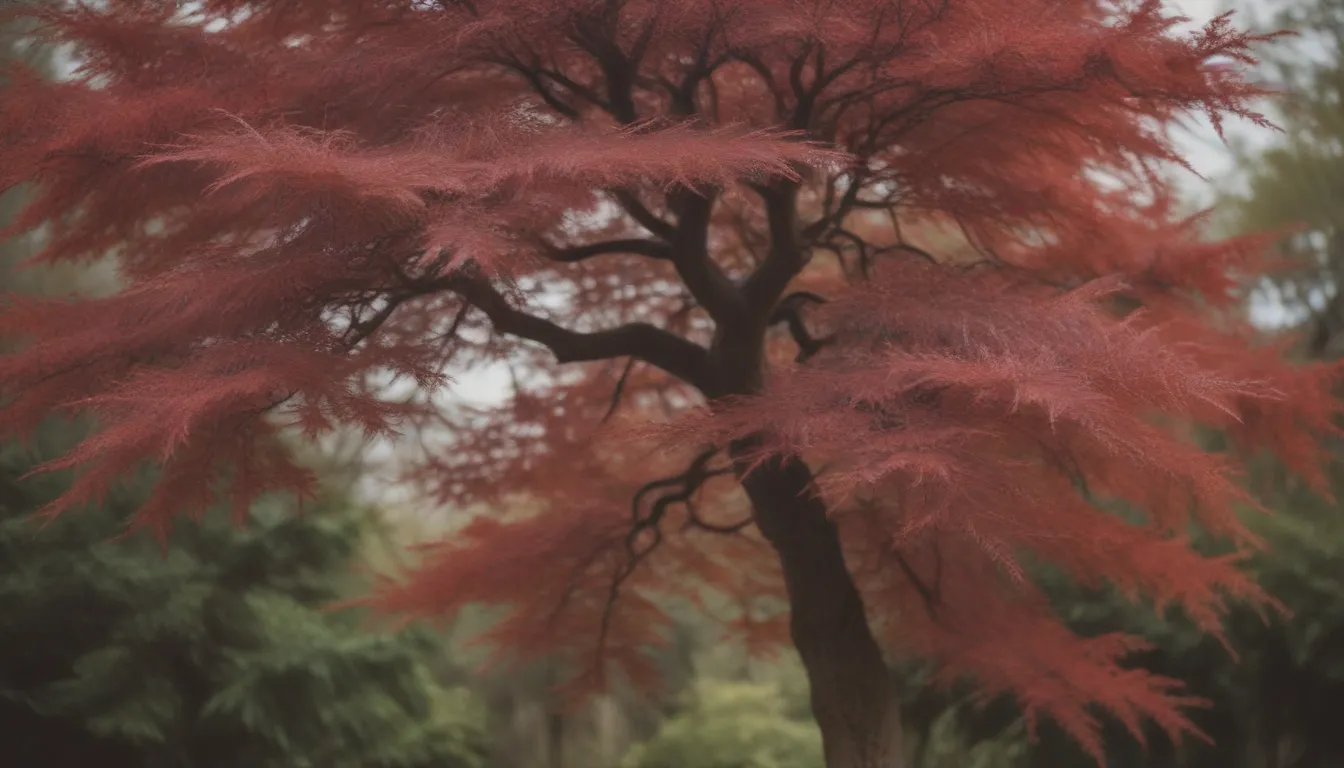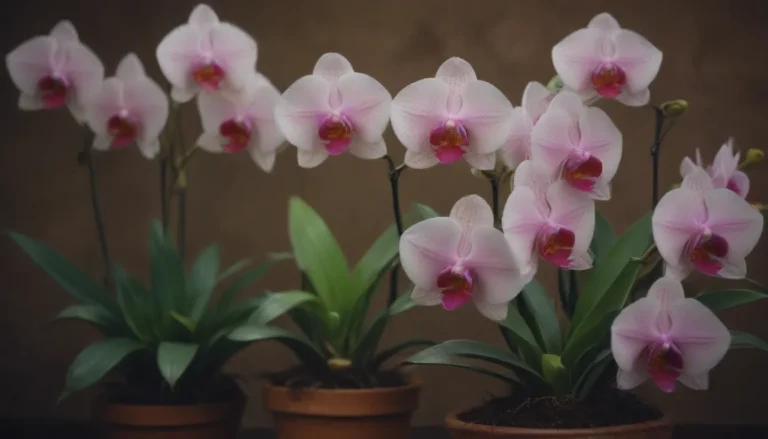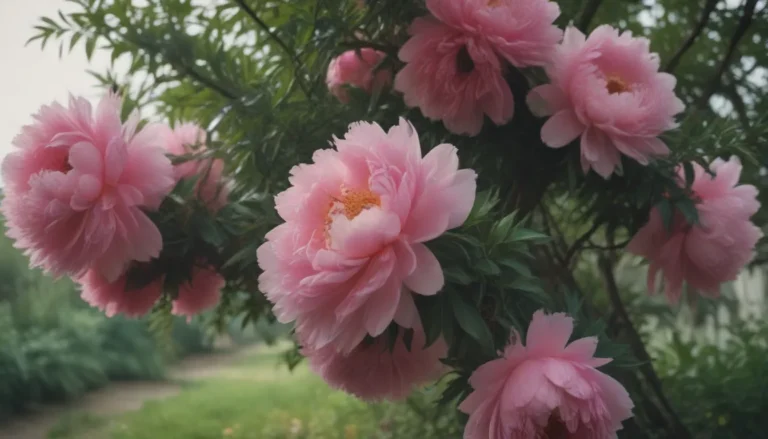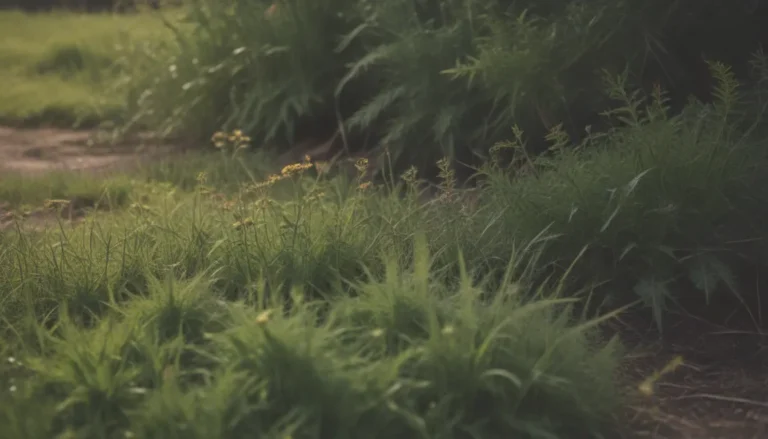Complete Guide to Growing and Caring for Red Dragon Japanese Maple

Are you considering adding a striking Red Dragon Japanese Maple to your garden? This vibrant tree is a popular choice among gardeners for its unique, laceleaf foliage and stunning color variations throughout the seasons. Whether you’re a seasoned gardener or a beginner looking to elevate your landscape, this comprehensive guide will provide you with all the information you need to successfully grow and care for your very own Red Dragon Japanese Maple.
Overview of Red Dragon Japanese Maple
The Red Dragon Japanese Maple, scientifically known as Acer palmatum, is one of the most sought-after varieties of Japanese maples due to its deep red, feathery leaves. Originating from a cultivar bred in New Zealand, the Red Dragon is a compact, slow-growing tree that is perfect for small yards, rock gardens, or even container planting. Its weeping branches and low height give it a shrub-like appearance, making it a beautiful focal point in any landscape.
Key Features of Red Dragon Japanese Maple:
- Deeply cut, fern-like leaves
- Bright red cherry-colored leaves in spring
- Darkening to scarlet in the fall
- Weeping branches
- Compact and slow-growing
Red Dragon Japanese Maple Care
Taking care of a Red Dragon Japanese Maple requires attention to specific growing conditions and regular maintenance to ensure the tree’s health and longevity. Here are some essential tips for caring for your Red Dragon Japanese Maple:
Light:
- Plant in an area that receives morning sun and afternoon shade
- Protect from hot, direct sun to prevent leaf scorching
Soil:
- Ensure the soil is evenly moist, well-drained, and rich in organic matter
- Japanese maples thrive in slightly acidic soil (pH 6.2 to 6.5)
- Add chelated iron to alkaline soil to increase acidity if needed
Water:
- Water deeply and regularly, especially during the first two growing seasons
- Mulch around the tree to retain moisture and prevent roots from drying out
- Water newly planted Japanese maples at least 10 gallons per week
Temperature and Humidity:
- Avoid hot temperatures above 90 degrees Fahrenheit
- Protect from hot dry winds that can damage leaves
- Choose a location with moderate humidity and protection from winter winds
Fertilizer:
- Avoid fertilizing upon planting and only fertilize if necessary
- Use slow-release granular or pelleted shrub and tree fertilizer in the spring
- Apply fertilizer around the tree, away from the trunk, and water well
Types of Japanese Maples
In addition to the Red Dragon Japanese Maple, there are several other popular cultivars of Japanese maples that offer a range of colors and leaf textures. Here are some common types of Japanese maples to consider for your landscape:
- ‘Bloodgood’ (Acer palmatum atropurpureum’Bloodgood’)
- ‘Crimson Queen’ (Acer palmatum dissectum’Crimson Queen’)
- Coral bark maple (Acer palmatum’Sango-kaku’)
- ‘First Ghost’ (Acer palmatum’First Ghost’)
Pruning and Propagating Red Dragon Japanese Maple
Proper pruning is essential for maintaining the health and shape of your Red Dragon Japanese Maple. Prune in late spring for shaping and remove dead branches to promote new growth. Avoid heavy pruning, as it can stress the tree and lead to weak foliage.
Propagating Red Dragon Japanese Maple:
- Propagate through grafting or softwood stem cuttings
- Grafting should be done in the winter with a closely related rootstock
- Softwood stem cuttings can be taken in mid-spring for propagation
How to Grow Red Dragon Japanese Maple From Seed:
- Due to the cultivar’s nature, growing from seed may not produce true-to-type trees
- It is recommended to propagate through grafting or cuttings for consistent results
Potting and Overwintering Red Dragon Japanese Maple
If growing your Red Dragon Japanese Maple in a container, make sure to provide proper drainage and avoid excessive heat and sun exposure. Repot every couple of years as the roots outgrow the container. Overwinter container plants in a protected spot to prevent cold damage.
Overwintering Tips:
- Protect young trees and container plants from temperatures below -15 F
- Avoid fertilizing past mid-summer to prevent new growth susceptible to cold damage
- Mulch around the tree and wrap young trees in burlap in regions with heavy snow
Common Pests and Diseases
Red Dragon Japanese Maple is prone to fungal diseases and pest infestations that can affect its growth and overall health. Regular maintenance and proper care can help prevent and treat common issues such as leaf spots, wilting leaves, and pest infestations.
Common Pests:
- Japanese beetles
- Aphids
- Mealybugs
- Scale bugs
- Mites
- Borers
Common Diseases:
- Stem canker
- Leaf spots
- Fusarium wilt
- Verticillium wilt
- Root rot
- Anthracnose
Troubleshooting Common Problems
If you encounter issues with your Red Dragon Japanese Maple, such as leaf spots, wilting leaves, or leaf browning, it is essential to identify the underlying cause and take appropriate action to remedy the problem. Addressing water, nutrient, and environmental factors can help restore your tree to health.
Leaf Spots or Leaf Drop:
- Treat fungal infections with fungicide
- Monitor for Japanese beetle infestations
- Destroy affected plants to prevent disease spread
Wilting Leaves:
- Address root illnesses such as rot or fungal infections
- Adjust watering practices to prevent water stress
Leaf Browning or Twigs Dying:
- Ensure consistent watering to prevent water-related stress
- Water heavily to restore vigor and health
Conclusion
In conclusion, growing and caring for a Red Dragon Japanese Maple can be a rewarding experience for any gardener. By providing the right growing conditions, regular maintenance, and proper care, you can enjoy the beauty and elegance of this unique tree in your landscape for years to come. Whether planted in your garden or showcased as a bonsai, the Red Dragon Japanese Maple is sure to captivate with its striking foliage and vibrant colors throughout the seasons. Happy gardening!





